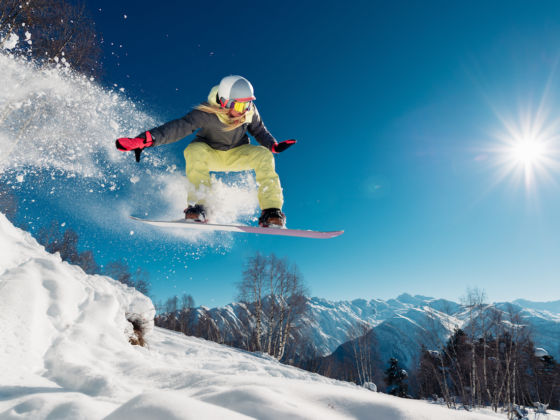Shaun White makes it seem so simple, right? While getting good at snowboarding is quite easy once you get the hang of it, the initial learning process is frustrating and painful. There’s really no avoiding it — you have to pay your dues, which in this sport means time spent ass-to-snow. Snowboarding is all about repetition. The moves, from turning to stopping, seem alien at first, but as you put in the time and gain experience it’s incredible how natural the process becomes.
Within a year you’ll instinctively wake up at the crack of dawn every time it snows, chomping at the bit to hit the hill. In the meantime, here are tips to make the process more enjoyable, less humiliating, and an experience that you may just want to have again.
